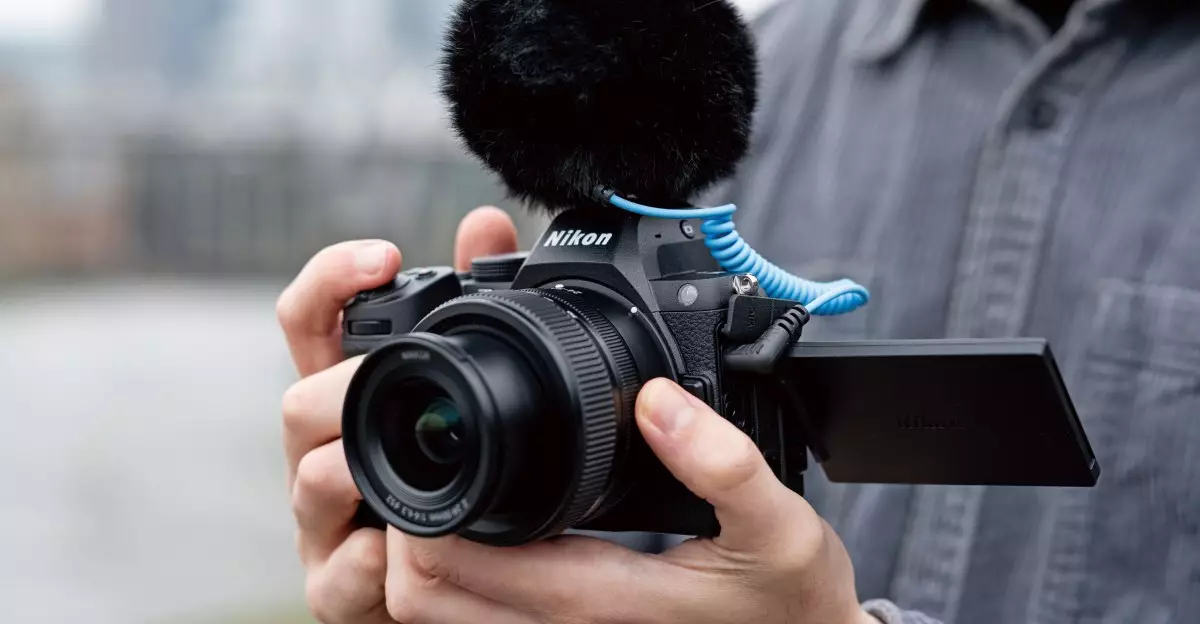Nikon’s recent announcement regarding a “necessary price adjustment” due to the imposition of tariffs on Chinese-made goods has sparked a wave of speculation among photography enthusiasts and professionals alike. Set to take effect on June 23, 2025, this decision underscores a broader trend impacting the entire camera industry. While Nikon has not disclosed the specific products that will see price increases, the announcement raises crucial questions about the future affordability of high-quality imaging equipment. As a result, those contemplating purchases—especially of newer models like the Z5 II—might find themselves at a crossroads.
Price adjustments of this nature are not merely about numbers; they signify a significant shift in consumer dynamics. The external pressures faced by Nikon reflect a landscape where companies must navigate the complex interplay between maintaining product quality and responding to economic constraints. As tariffs strain profit margins, brands like Nikon are compelled to make tough decisions that could alienate potential customers. The uncertainty lingering around the actual price hikes further complicates the buying landscape, forcing consumers to act quickly in a bid to secure their desired equipment before costs escalate.
Nikon’s Response: A Balancing Act Between Quality and Cost
In its official statement, Nikon asserted its dedication to delivering high-quality imaging products, while also expressing concern over potential price increases. Such messaging serves to bolster brand loyalty among consumers who have trusted Nikon for years. However, it illustrates a reality we all must confront—companies often prioritize profit over accessibility when faced with external economic pressures.
Price changes instigated by tariffs are not exclusive to Nikon. Other prominent camera manufacturers, including Canon and Sony, have similarly announced price hikes in response to evolving market conditions. Canon’s strategy points to a creeping trend where companies, fresh off the heels of announcing their recent financial results, consider not just their immediate sales but the long-term viability of their pricing models in a fluctuating economic environment.
Thus, Nikon’s predicament—a microcosm of a macroeconomic situation—presents a critical examination of the camera industry’s trajectory. The industry grapples with the balance of high-quality product creation alongside the imperative for affordability, an item of increasing importance in a burgeoning competitive marketplace.
The Competitive Landscape
With companies like Blackmagic Design and Fujifilm also implementing price adjustments, there appears to be a systemic shift in how camera manufacturers confront global economic pressures. The decision to pause pre-orders or increase prices is one fraught with risk. While it may serve short-term financial goals, it could alienate customers in the long run, earning the resentment of a consumer base that is increasingly price-sensitive.
Brands must be acutely aware of their competitive edge and anticipate the ways in which pricing adjustments might impact consumer perception. The latest trends in photography gear are reflective of larger conversations about quality, accessibility, and brand loyalty. Nikon, like many others, must ask itself: How do we maintain our reputation for high-quality imaging while adjusting to a reality where consumers are more price-conscious than ever before?
Additionally, this situation raises a philosophical inquiry regarding the direction of consumer electronics. Should high-quality photography gear remain a luxury item, or is there a pathway forward where affordability doesn’t compromise quality? As we anxiously await Nikon’s precise pricing structures post-June 23, the time may come for companies to reevaluate their strategies and consider more sustainable business practices that prioritize both product excellence and customer accessibility.
Anticipation and Uncertainty: The Consumer’s Dilemma
As consumers watch these developments unfold, it is clear that the anticipation surrounding pricing changes creates a unique dilemma. For those who might have been saving up for the next big Nikon release, the reality of impending price increases can induce anxiety. It leads to difficult decision-making: should one purchase now, or risk waiting for potential advancements in technology that might come at a premium?
In a world of photography where technology rapidly evolves, consumers must weigh the risks and rewards of their purchasing decisions. Nikon, along with its competitors, must find ways to communicate the value of its products against the backdrop of evolving pricing models. Only time will tell how successful these companies will be in navigating this challenging economic landscape without losing the trust of their dedicated customer base. Ultimately, the changes forced by tariffs might well be a catalyst for a larger re-evaluation of pricing strategies across the industry, fostering an environment where brands are compelled to act responsibly in terms of pricing while still delivering value to the consumer.

